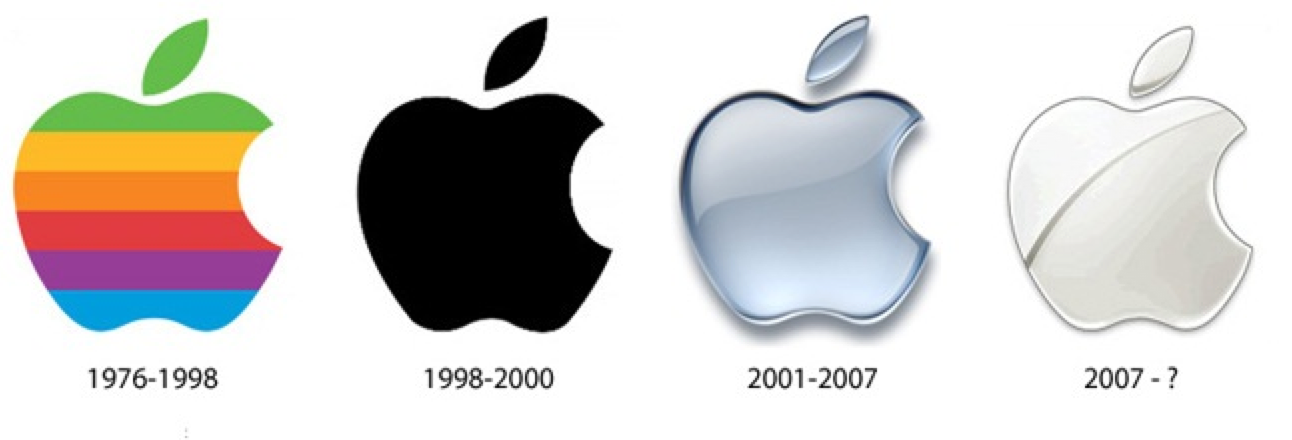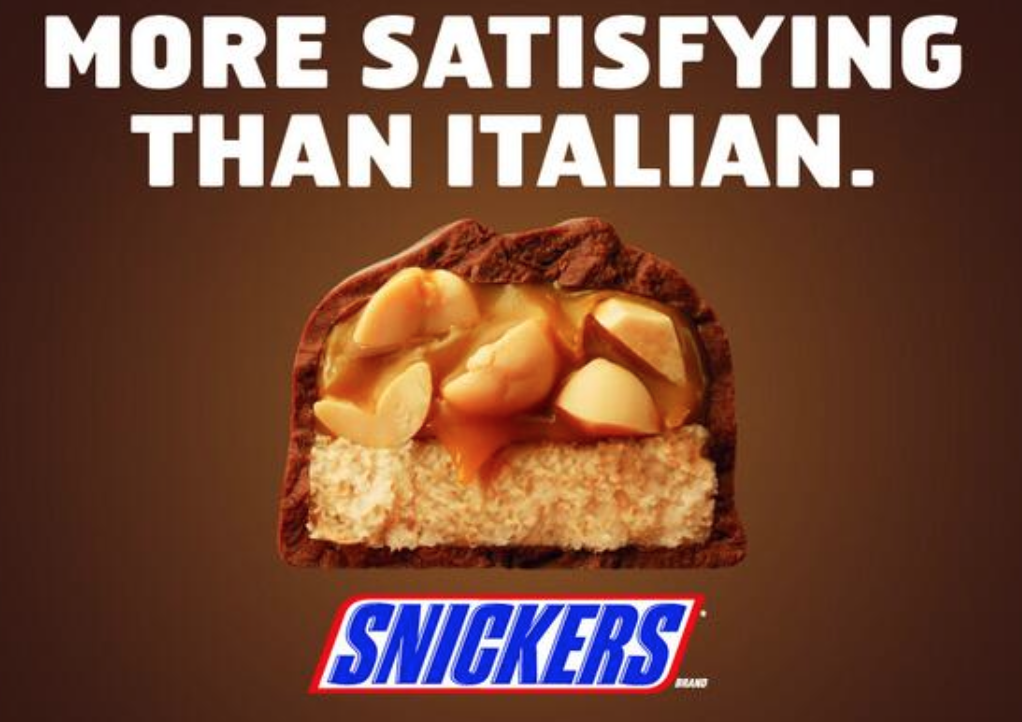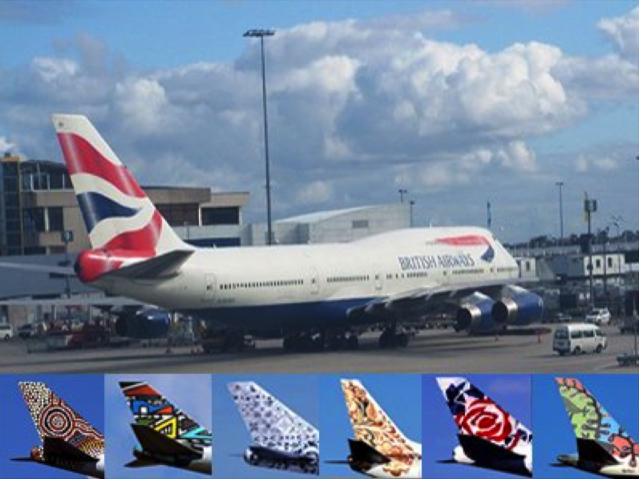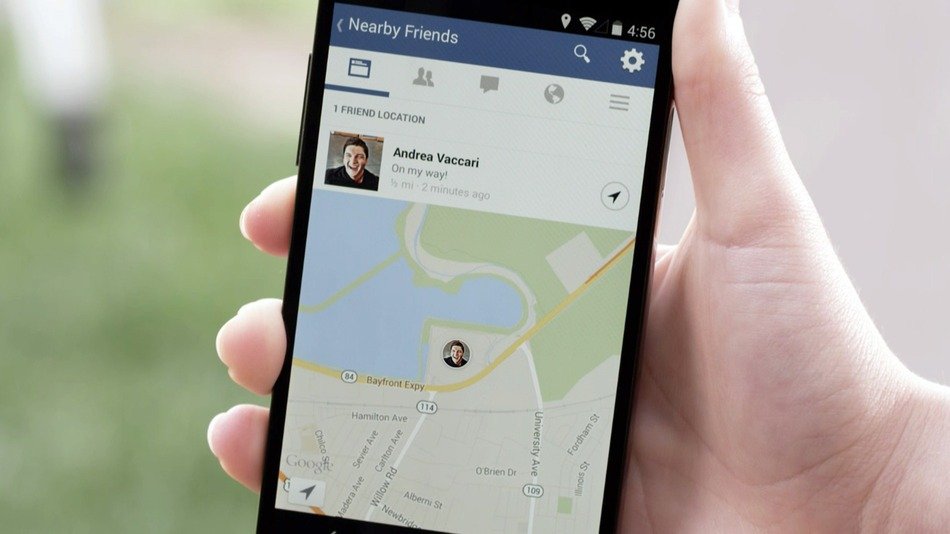Brand Extensions: Is it for you?
Chanel, one of fashion’s most iconic houses that once only specialized in fine apparel and accessories, today specializes in cosmetics & fragrances alike. Similarly, Ralph Lauren that once only specialized in apparel now also offers linens, beddings and home accessories. In other words, extending from their “core” product offering, these brands ventured into new product categories under the same brand name. Seeming like quite the simple approach, other brands too, such as Ferrari with its caps and perfumes or Mont Blanc with its wallets and belts, adopted this technique, but with little success – why so?













